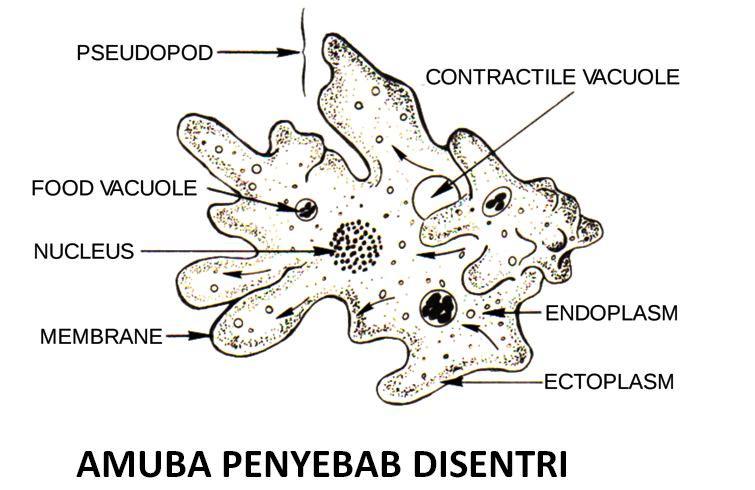

The parasite Entamoeba causes amebic dysentery. Shigella outbreaks can occur among small social or community groups, including childcare facilities. People should continue to follow strict hygiene practices to prevent passing the infection on to others. Shigella bacteria may remain in a person’s stool for 1–2 weeks after they stop experiencing symptoms of the infection. having sexual contact with someone who is recovering from bacillary dysentery.swallowing lake or river water when swimming.eating food that the bacteria have contaminated.touching surfaces that the bacteria have contaminated, and then touching their mouth, nose, or eyes.not washing their hands thoroughly after visiting the bathroom.A person may contract Shigella in the following ways: The bacteria Shigella causes bacillary dysentery.

There are two main types of dysentery, and each has different causes. watery diarrhea, which can contain blood, mucus, or pusĪ doctor may prescribe medications to help eradicate the parasitic infection.Symptoms of amebic dysenteryĪ person with amebic dysentery may experience the following symptoms: However, people typically only receive antibiotics if their symptoms are severe. In some cases, it may take several months for a person’s bowel habits to return to normal.Īntibiotics can shorten the duration of illness by a couple of days and may prevent the infection from spreading to others. Symptoms typically last around 5–7 days, though some people may experience symptoms for 4 weeks or more. feeling the need to pass stool even when the bowels are empty.Symptoms of bacillary dysenteryĪccording to the Centers for Disease Control and Prevention (CDC), symptoms of bacillary dysentery typically begin around 1–2 days after infection and last around 7 days. Dysentery symptoms differ according to whether the infection is bacterial or parasitic.


 0 kommentar(er)
0 kommentar(er)
